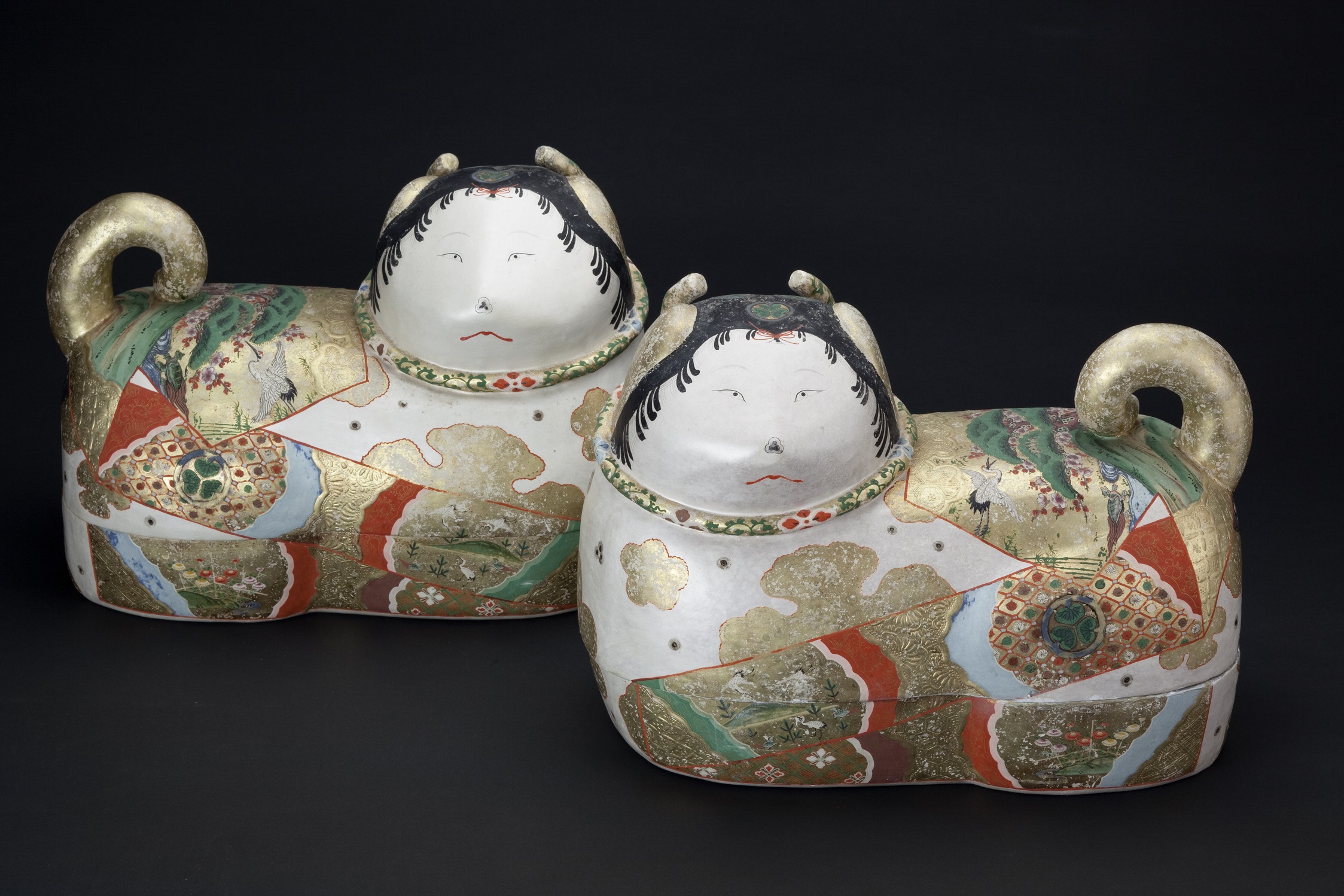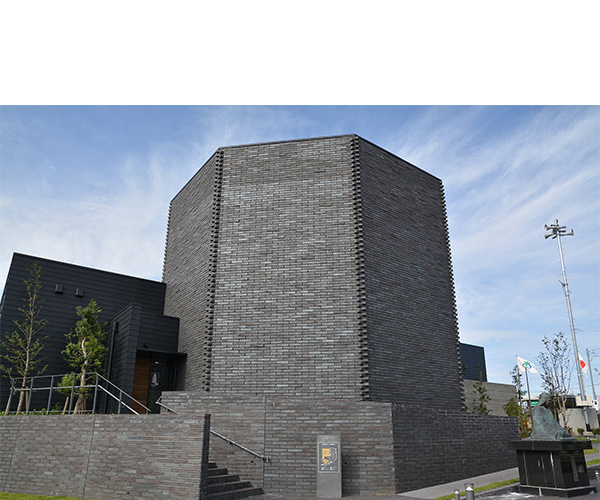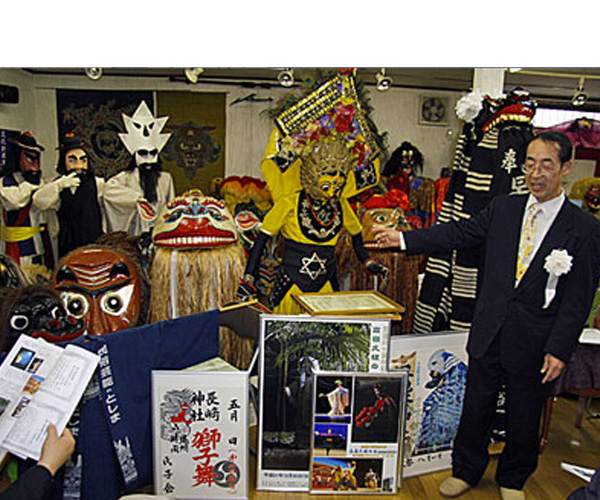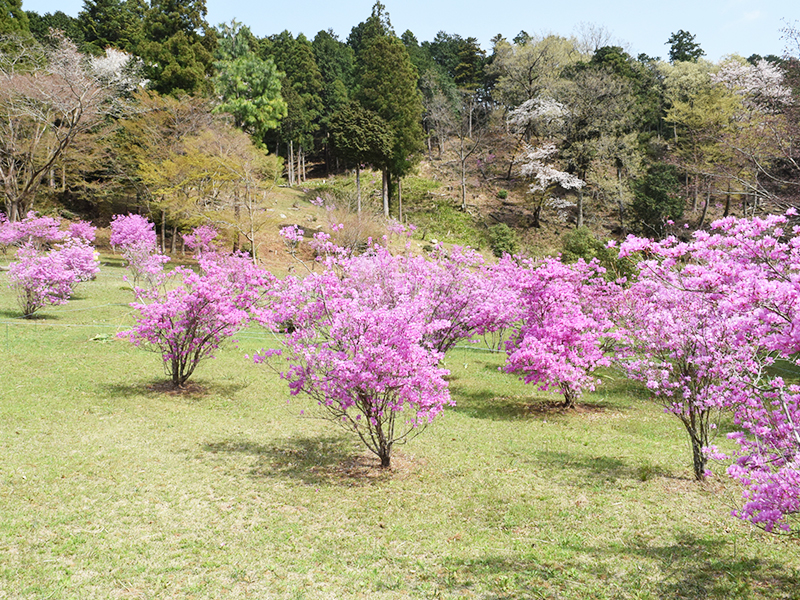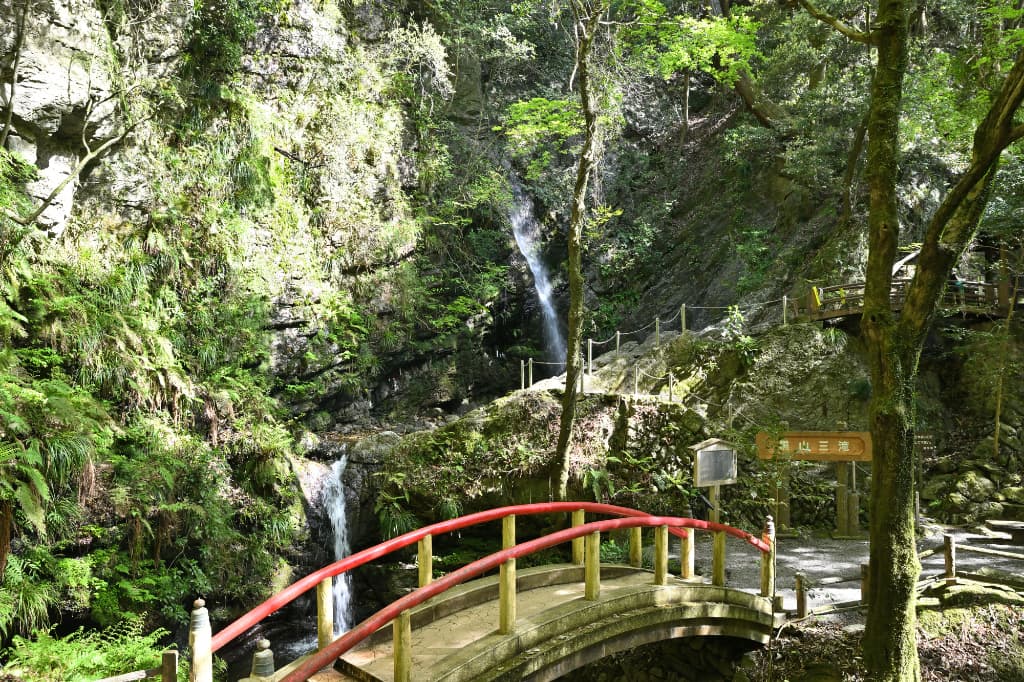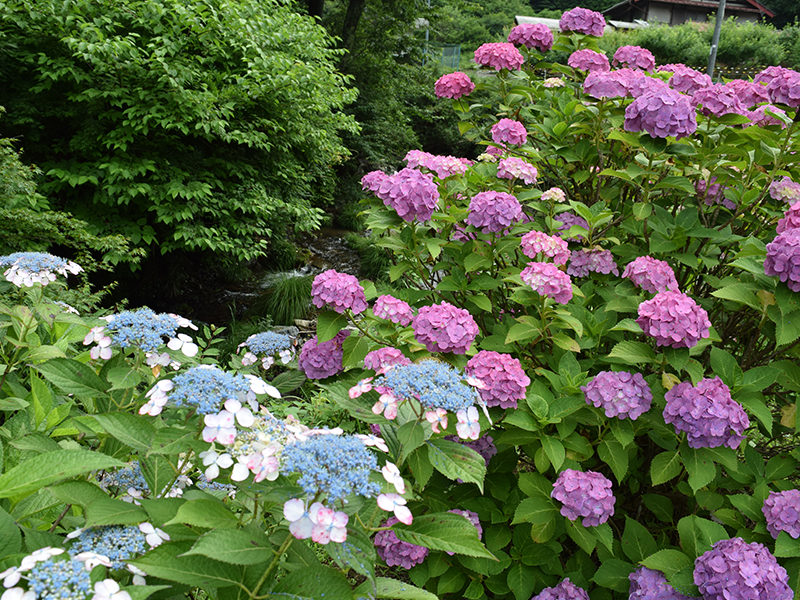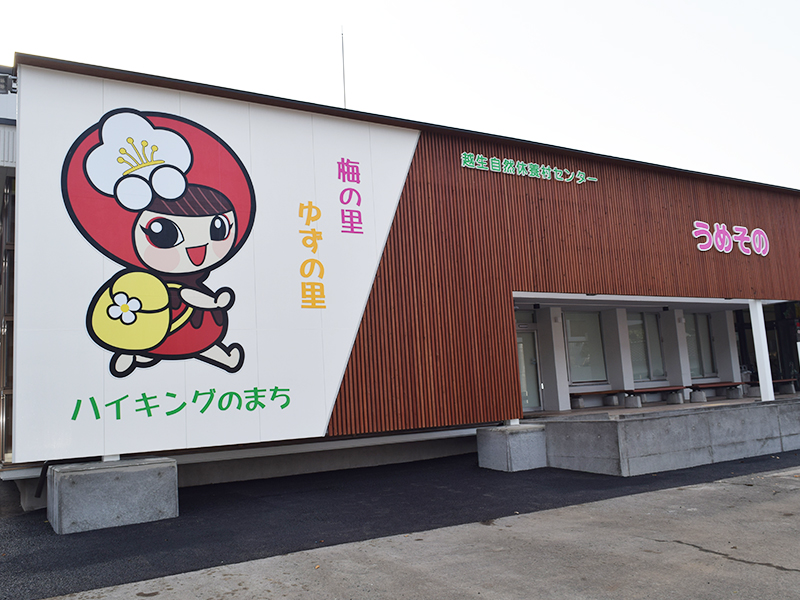Site of Heikuro Shibusawa’s Suicide (harakiri)
sightseeing
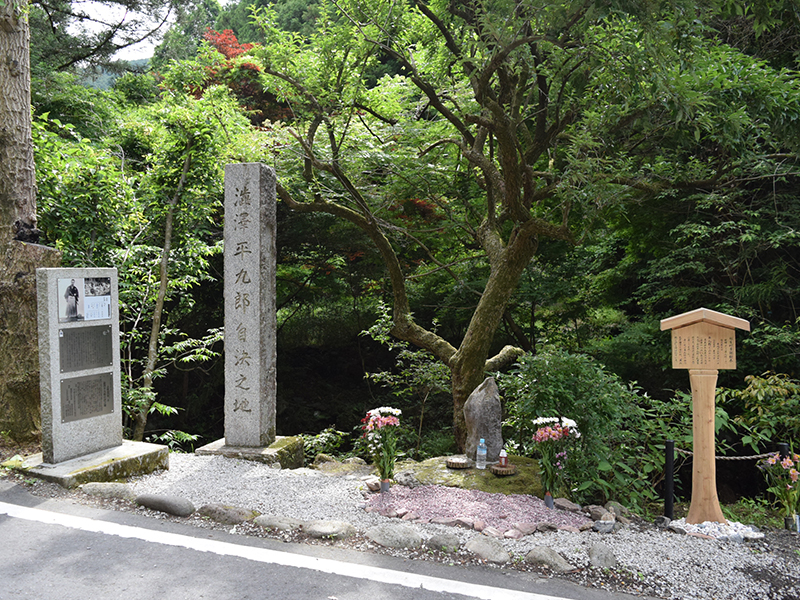
On May 23, 1868 (Keio 4), Heikuro Shibusawa, a member of the old shogunate army who was defeated in a battle with new government forces at Hanno, fled alone towards Kuroyama Village via the Kaoburi Pass. He encountered a patrolling scouting party and fought them alone, but was badly wounded and committed suicide (harakiri) while sitting on a rock on the river bank. Heikuro was a cousin, brother-in-law, and adopted son of Shibusawa Eiichi, the man known as the "father of Japanese capitalism," whose face appears on the 10,000 yen bill.
Basic Information
Location
719 Kuroyama, Ogose Town, Iruma-gun
TEL
049-292-1451
FAX
049-292-1456
How to get there
Public transport
From the west exit of Ogose Station on the JR Hachiko Line and Tobu-Ogose Line, get off at "Kuroyama" on the Kawagoe Sightseeing Bus bound for Kuroyama and walk for 5 minutes.
Car
About 35 minutes from the Kanetsu Expressway Sakado Nishi IC (Smart Interchange).
About 45 minutes from Tsurugashima IC on the Kanetsu Expressway.
About 45 minutes from Tsurugashima IC on the Kanetsu Expressway.
Parking
About 10 units

